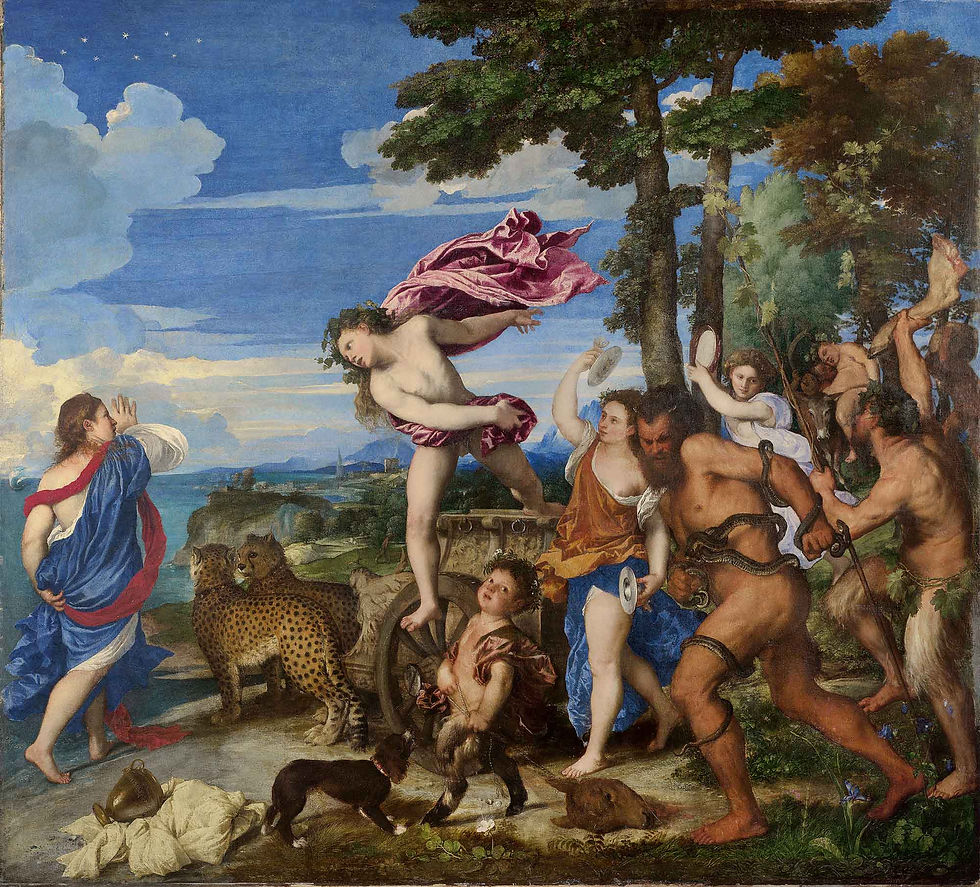Digital room visualization - example only | Digitale Raumvisualisierung - Beispielabbildung


Jan van Huysum (* 15 April 1682 in Amsterdam; † 8 February 1749 Amsterdam) was a Dutch painter whose works were in great demand in the 18th century.
Huysum devoted himself to landscape painting under the guidance of his father Justus van Huysum (1659-1716) and only at a more mature age began to paint flower and fruit pieces, deviating from the previous manner on a light background.
His flower pieces are characterized by extraordinary delicacy and smoothness of brushwork and in this respect surpassed all previous artists, which is why he was called the "phoenix of flower and fruit painters".
He usually painted bouquets of tulips, hyacinths, roses, carnations, poppies, primroses and other garden flowers enlivened with insects and butterflies in vases on marble tables, along with grapes, peaches, birds' nests with eggs and the like. More ephemeral are his later works, just as his fruit pieces are less valuable. He died in Amsterdam on February 8, 1749, leaving his wife and 20,000 guilders.
His older brother Jacob van Huysum (1680-1740 in London) was a skillful copyist of Huysum's works as well as C. Lorrain's, G. Poussin's, and others. A younger brother named Justus van Huysum (1685-1707) provided good battle paintings, but died at the age of 21.
The main line of eighteenth-century Dutch still-life painting is represented Rachel Ruysch and Jan van Huysum, who both specialized in elaborate flower and fruit pictures. They were the most popular still-life painters of the period; their works commanded high prices and were found in famous collections throughout Europe, and their colourful paintings still have wide appeal. The status they received in their time indicates there were powerful patrons and collectors who made exception to the teachings of academic theorists who minimized the significance of still-lifes by placing them at the lower end of the hierarchy of kinds of painting.
In the hands of Rachel Ruysch and Jan van Huysum Dutch flower pieces brighten up again. Their technical perfection and love of minute detail recall the still-lifes painted a century earlier by Bosschaert and his followers, and like their predecessors they did not hesitate to include flowers of different seasons in their arrangements. However, neither Ruysch nor van Huysum arranges blooms into evenly lit symmetrical bunches in the way that early-seventeenth-century painters did, and their lively chiaroscuro effects and delightful ornateness show an unmistakable affinity with Late Baroque and Rococo art.
Bouquet of Flowers in an Urn
More from This Artist...
_XCF273110.jpg)
World of Art
Bacchus and Ariadne
31
Art ID:
1522-1523
|
176,5 x 191,0 cm
Oil on canvas
80000000
$
Tiziano
Vecellio Titian

World of Art
The Venus of Urbino
32
Art ID:
1534
|
119,0 x 165,0 cm
Oil on canvas
120000000
$
Tiziano
Vecellio Titian

World of Art
Portrait of Alfonso d‘Avalos, Marquis of Vasto, in Armor with a Page
33
Art ID:
1533
|
110,0 x 80,0 cm
Oil on canvas
100000000
$
Tiziano
Vecellio Titian

World of Art
Diana and Actaeon
34
Art ID:
1556-1559
|
178,8 x 202,2 cm
Oil on canvas
85800000
$
Tiziano
Vecellio Titian
Discover other Artist's Art of The Same Style...

A Call to the World's Finest Female Artists: Join us!
Discover what makes our vibrant community unique – from nurturing creative talents to forging strong connections. Leverage our commission-free sales platform to keep the full sales price of your artworks, expand your network through our global partnerships with museums and galleries, and enhance your visibility with our comprehensive marketing and community engagement initiatives.


Explore Further Unique Fine Art
Filter now for more than 1.000 artists worldwide!
Discover thousands of artworks to choose from!























